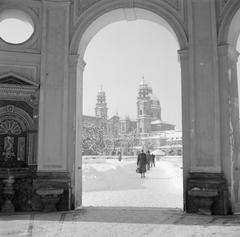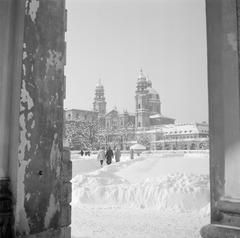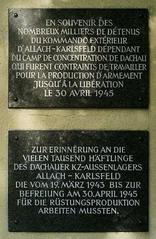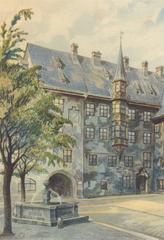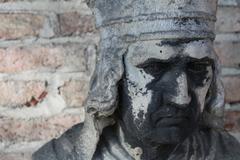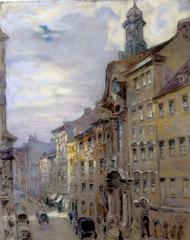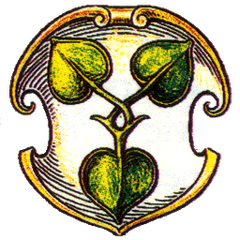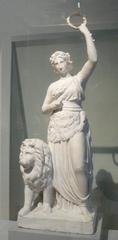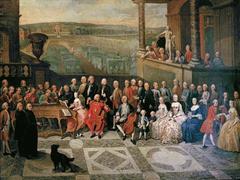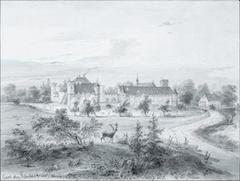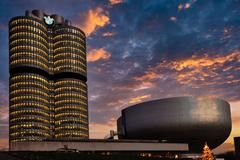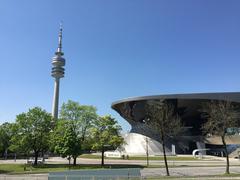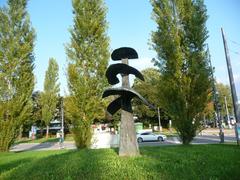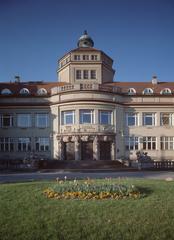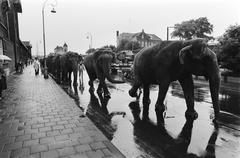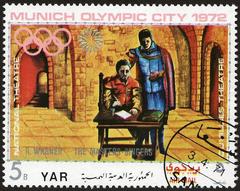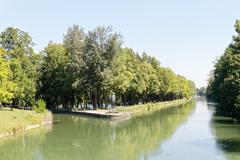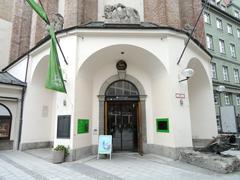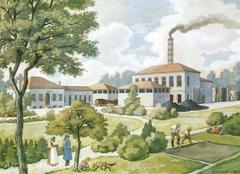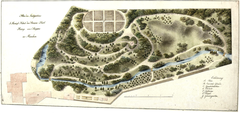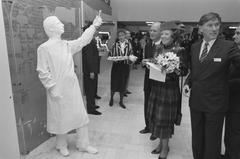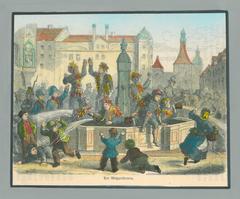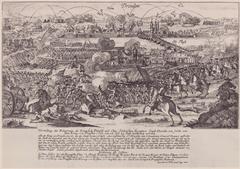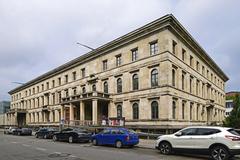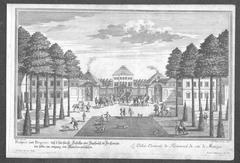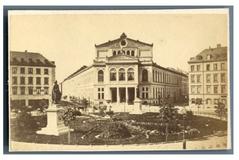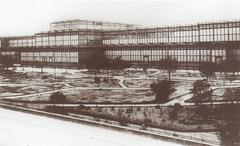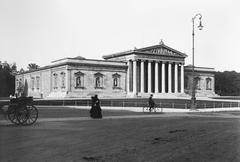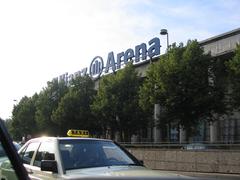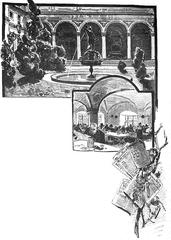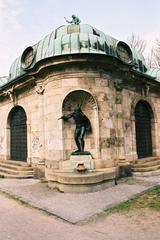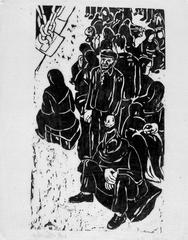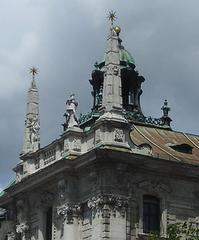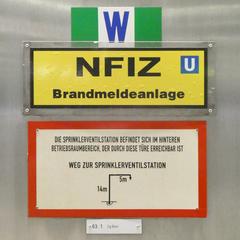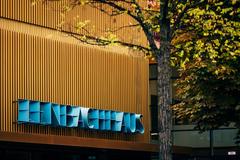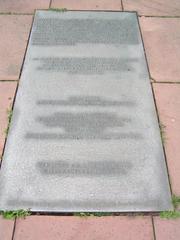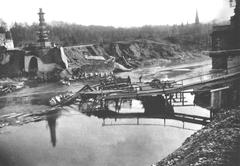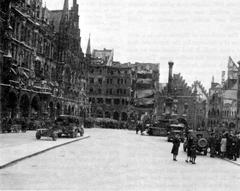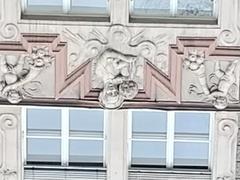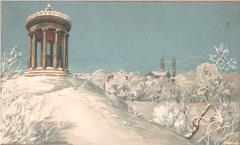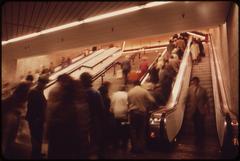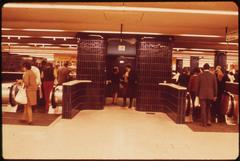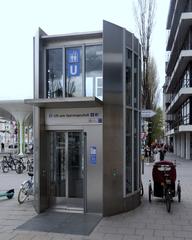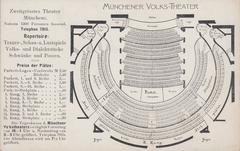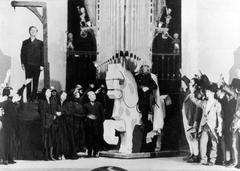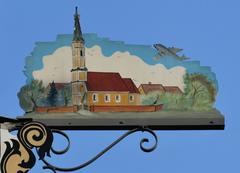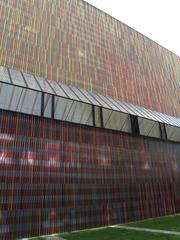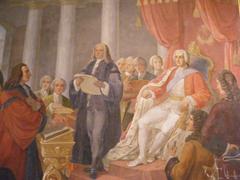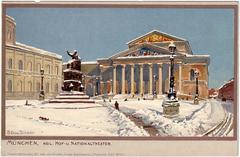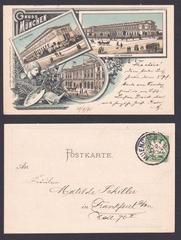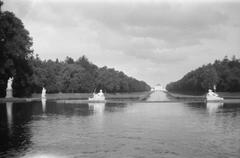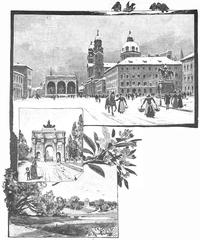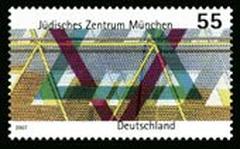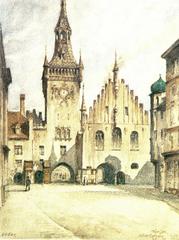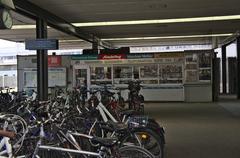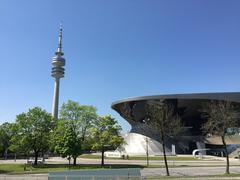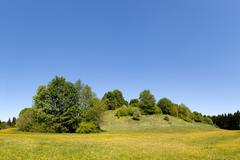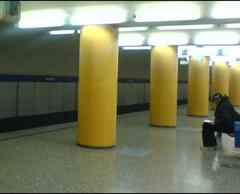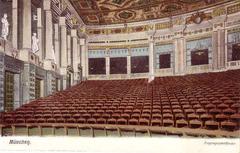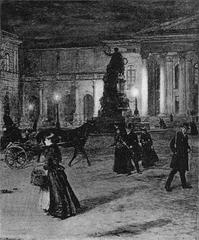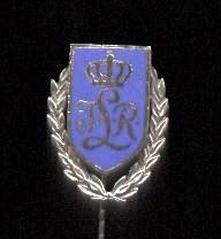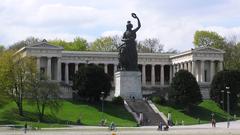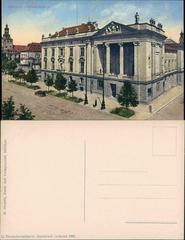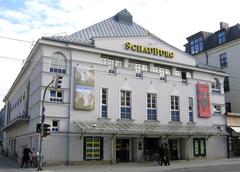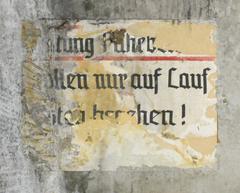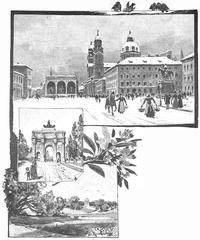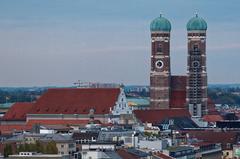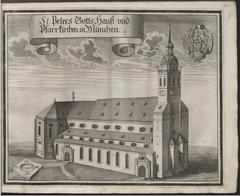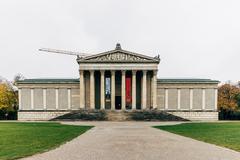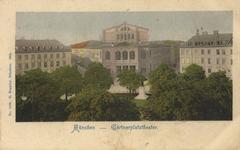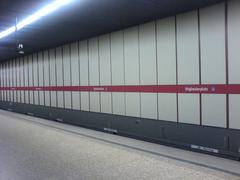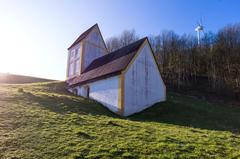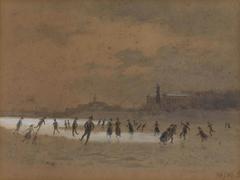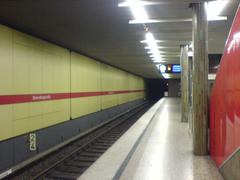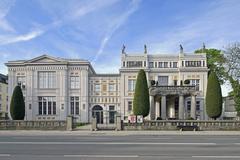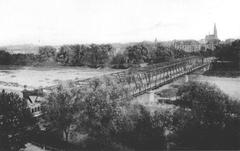
Comprehensive Guide to Visiting Hofgarten Munich
Date: 24/07/2024
Introduction
Nestled in the heart of Munich, Germany, the Hofgarten is a historic and picturesque garden that offers a unique blend of tranquility, history, and cultural significance. Originally commissioned by Duke Maximilian I of Bavaria in the early 17th century, the garden was designed in the style of an Italian Renaissance garden, reflecting the influence of Italian culture on Bavarian aristocracy (Wikipedia). Over the centuries, the Hofgarten has evolved, witnessing significant historical events and transformations, such as the partial demolition during Napoleon Bonaparte’s occupation and subsequent restoration by King Ludwig I of Bavaria (Explorial). Today, the Hofgarten remains a vibrant public space, featuring architectural highlights like the Diana Pavilion, modern additions like the Bavarian Staatskanzlei, and various cultural activities and events that attract both locals and tourists. Accessible year-round and free to enter, the Hofgarten is not only a green oasis in the city center but also a living museum that encapsulates Munich’s rich historical and cultural heritage (Introducing Munich).
Table of Contents
- [Exploring Hofgarten Munich - History, Visiting Hours, and Nearby Attractions](#exploring-hofgarten-munich---history-visiting-hours-and-nearby-attractionsexploring-hofgarten-munich---history-visiting-hours-and-nearby-attractions)
- [Introduction](#introductionintroduction)
- [Origins and Early Development](#origins-and-early-developmentorigins-and-early-development)
- [Architectural Highlights](#architectural-highlightsarchitectural-highlights)
- [Transformations and Historical Events](#transformations-and-historical-eventstransformations-and-historical-events)
- [Public Access and Modern Additions](#public-access-and-modern-additionspublic-access-and-modern-additions)
- [The Bavarian Staatskanzlei](#the-bavarian-staatskanzleithe-bavarian-staatskanzlei)
- [Cultural Significance](#cultural-significancecultural-significance)
- [Literary References](#literary-referencesliterary-references)
- [Preservation and Maintenance](#preservation-and-maintenancepreservation-and-maintenance)
- [Visitor Information](#visitor-informationvisitor-information)
- [Special Events and Guided Tours](#special-events-and-guided-toursspecial-events-and-guided-tours)
- [Travel Tips](#travel-tipstravel-tips)
- [Nearby Attractions](#nearby-attractionsnearby-attractions)
- [FAQ](#faqfaq)
- [Conclusion](#conclusionconclusion)
Exploring Hofgarten Munich - History, Visiting Hours, and Nearby Attractions
Introduction
Nestled in the heart of Munich, Germany, the Hofgarten is a historic garden that offers visitors a serene retreat with a rich tapestry of history and culture. Whether you’re a history enthusiast, architecture aficionado, or simply looking for a peaceful escape within the city, the Hofgarten provides a unique and memorable experience. This article delves into the garden’s storied past, architectural highlights, and practical visitor information to help you plan your visit.
Origins and Early Development
The Hofgarten dates back to the early 17th century, having been commissioned by Duke Maximilian I of Bavaria in 1613 and completed in 1617. Designed in the style of an Italian Renaissance garden, it reflects the influence of Italian culture on Bavarian aristocracy at the time (Wikipedia).
Architectural Highlights
One of the most notable features of the Hofgarten is the Diana Pavilion, also known as the Dianatempel. This elegant pavilion, designed by Heinrich Schön the elder in 1615, is dedicated to the Roman goddess Diana. Centrally located in the garden, the pavilion features paths radiating from each of its eight arches, creating a symmetrical and harmonious layout (Introducing Munich).
Transformations and Historical Events
The Hofgarten has undergone several transformations over the centuries. In 1807, part of the garden was demolished to make space for Napoleon Bonaparte’s troops. However, after Napoleon’s defeat at the Battle of Waterloo in 1815, King Ludwig I of Bavaria restored and expanded the garden, adding new features such as fountains and sculptures (Explorial).
Public Access and Modern Additions
Initially reserved exclusively for the Bavarian court, the Hofgarten was opened to the public by Elector Karl Theodor in 1780. The garden’s arcades, which enclose it on two sides, feature murals depicting moments from the history of the House of Wittelsbach, adding a historical narrative to the visitor experience (Muenchen.de).
The Bavarian Staatskanzlei
Facing the Hofgarten on the east side is the Bavarian Staatskanzlei, or State Chancellery. Originally the Royal Bavarian Army Museum, the building was repurposed and expanded with modern glass wings in 1993, blending historical architecture with contemporary design (Wikipedia).
Cultural Significance
The Hofgarten is not only a green oasis in the city center but also a venue for various cultural activities. The Diana Pavilion often hosts summer concerts, where visitors can enjoy live music in a picturesque setting. Additionally, the garden has a monument dedicated to Orlando di Lasso, a renowned composer who served at the Bavarian court in the late 16th century (Explorial).
Literary References
The Hofgarten has found its way into literature, being referenced in T.S. Eliot’s classic poem “The Waste Land,” highlighting its cultural and historical significance beyond Germany’s borders. Eliot’s mention of the Hofgarten adds a layer of literary prestige to this historically rich site (Destination Munich).
Preservation and Maintenance
Today, the Hofgarten is meticulously maintained to preserve its historical integrity and natural beauty. The garden’s formal layout, characterized by manicured lawns, flowerbeds, and hedges, remains true to its original Renaissance design, allowing visitors to experience the garden much as it was intended by its original creators (Introducing Munich).
Visitor Information
The Hofgarten is open to the public year-round, from sunrise to sunset, with free entry. Visitors can explore various features, including the Diana Pavilion and the Temple of Apollo. The garden is especially enchanting during the summer months when the flowers are in full bloom, adding vibrant colors to the serene landscape (Explorial).
Special Events and Guided Tours
The Hofgarten hosts a variety of events throughout the year, including summer concerts in the Diana Pavilion. Guided tours are also available, offering deeper insights into the garden’s history and architecture. Check the official website or visitor information centers for the latest events and tour schedules.
Travel Tips
- Best Time to Visit: The garden is most vibrant in the spring and summer months when the flowers are in full bloom.
- Getting There: The Hofgarten is centrally located, easily accessible by public transport. The nearest U-Bahn station is Odeonsplatz.
- Photography Spots: The Diana Pavilion and the arcades provide excellent photo opportunities, capturing the garden’s historical and architectural beauty.
Nearby Attractions
The Hofgarten’s central location makes it an ideal starting point for exploring other nearby attractions. It is situated between the Residenz, the former royal palace of Bavarian monarchs, and the Englischer Garten, one of the largest urban parks in the world. Other nearby landmarks include the Odeonsplatz, the Theatinerkirche, and the Munich Residenz (Introducing Munich).
FAQ
- What are the visiting hours for Hofgarten? The Hofgarten is open daily from sunrise to sunset.
- Is there an entrance fee for Hofgarten? No, entry to the Hofgarten is free.
- Are guided tours available? Yes, guided tours are available. Check the official website for schedules and booking information.
- Is the Hofgarten accessible for visitors with mobility issues? Yes, the garden has wide paths and ramps to accommodate visitors with mobility issues.
Conclusion
The Hofgarten’s rich history, architectural beauty, and cultural significance make it a must-visit destination in Munich. Whether you’re delving into its historical depths or simply enjoying a peaceful stroll, the Hofgarten offers a unique and memorable experience. For the latest information on events and attractions, be sure to check local listings and download the Audiala mobile app (Explorial).
References
- Wikipedia. (n.d.). Hofgarten (Munich). source url
- Explorial. (n.d.). Munich Hofgarten. source url
- Introducing Munich. (n.d.). Hofgarten. source url
- Nomad Epicureans. (n.d.). Free Munich Walking Tour: Self-Guided. source url
- Lonely Planet. (n.d.). Hofgarten. source url

